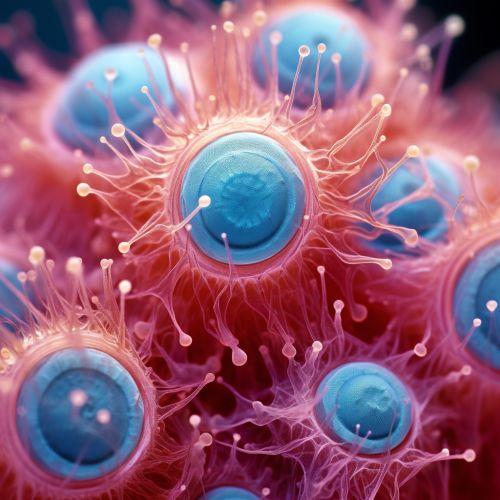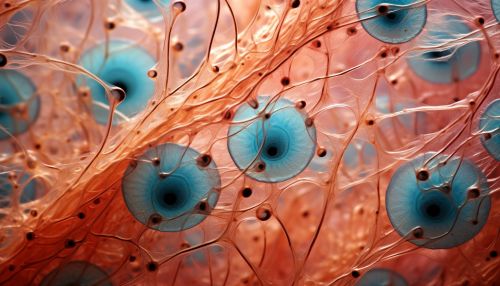CHO Cell Line
Introduction
The CHO (Chinese Hamster Ovary) Cell Line is a significant tool in modern biological research and biotechnology. Derived from the ovary cells of the Chinese hamster, CHO cells are used extensively in biological and medical research due to their adaptability and robustness. They are particularly renowned for their role in the production of therapeutic proteins and vaccines.
History and Development
The CHO cell line was first established in the early 1960s by Theodore T. Puck and his colleagues at the University of Colorado. The initial purpose of developing this cell line was to study the genetics of mammalian cells. However, the CHO cell line's adaptability, high growth rate, and ability to be genetically manipulated quickly made it a popular choice for a wide range of research applications.


Characteristics
CHO cells exhibit several unique characteristics that make them ideal for use in research and biotechnology. They are robust and adaptable, capable of growing in a variety of conditions. They can be easily cultured in suspension or adherent cultures, and can be grown in serum-free or chemically defined media. This versatility makes them suitable for large-scale production processes.
CHO cells are also highly amenable to genetic manipulation. They can be transfected with foreign DNA, allowing researchers to introduce and express specific genes of interest. This feature is particularly useful in the production of recombinant proteins, where CHO cells are used to produce large quantities of specific proteins for therapeutic use.
Applications
Biological Research
In biological research, CHO cells are used as a model system to study various cellular processes. These include cell cycle regulation, apoptosis, signal transduction, and protein synthesis and secretion. Their ease of genetic manipulation also allows researchers to study the function of specific genes by introducing them into the CHO cells and observing their effects.
Biotechnology
In the field of biotechnology, CHO cells are most notably used in the production of therapeutic proteins. They are the most commonly used mammalian cells for this purpose, and have been used to produce a wide range of therapeutic proteins, including monoclonal antibodies, growth factors, and clotting factors.
CHO cells are also used in the production of vaccines. They are capable of producing complex, multi-subunit proteins that can be used as vaccines. This has been particularly important in the production of vaccines for diseases such as hepatitis B and human papillomavirus (HPV).
Advantages and Limitations
The main advantage of CHO cells is their versatility. They can be grown in a variety of conditions, and can be easily genetically manipulated. This makes them a powerful tool for both research and biotechnology.
However, CHO cells also have some limitations. For example, they are not fully representative of human cells, which can limit their usefulness in certain types of research. Additionally, while they are generally robust, they can be susceptible to certain types of viral contamination, which can pose challenges in large-scale production processes.
Future Perspectives
Despite these limitations, the future of CHO cells in research and biotechnology looks promising. Advances in genetic engineering techniques are likely to further enhance the utility of CHO cells, particularly in the production of therapeutic proteins. Additionally, ongoing research into the biology of CHO cells may yield new insights that could further improve their performance and reliability.
